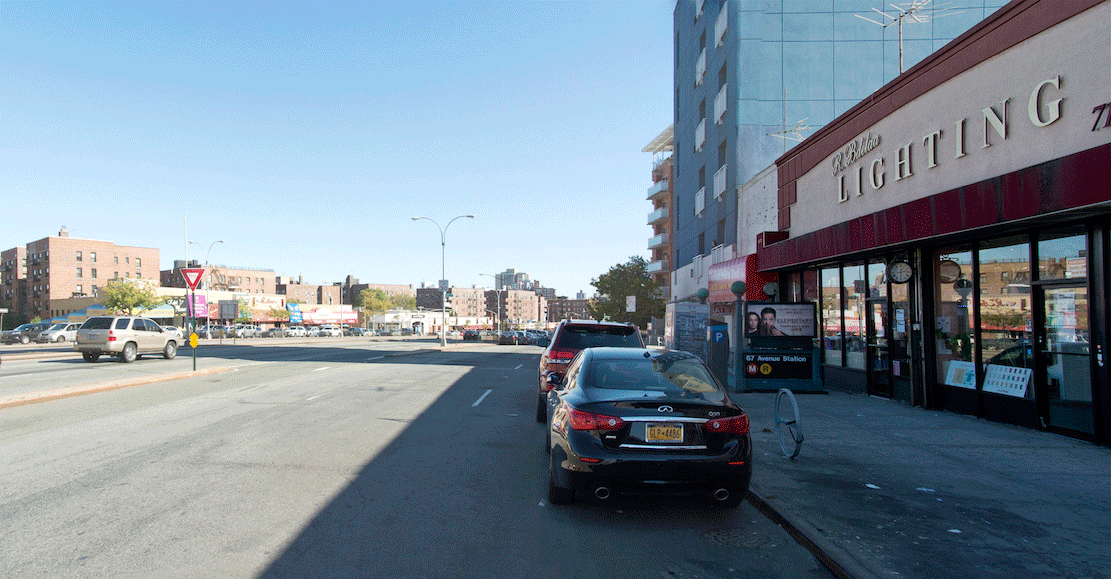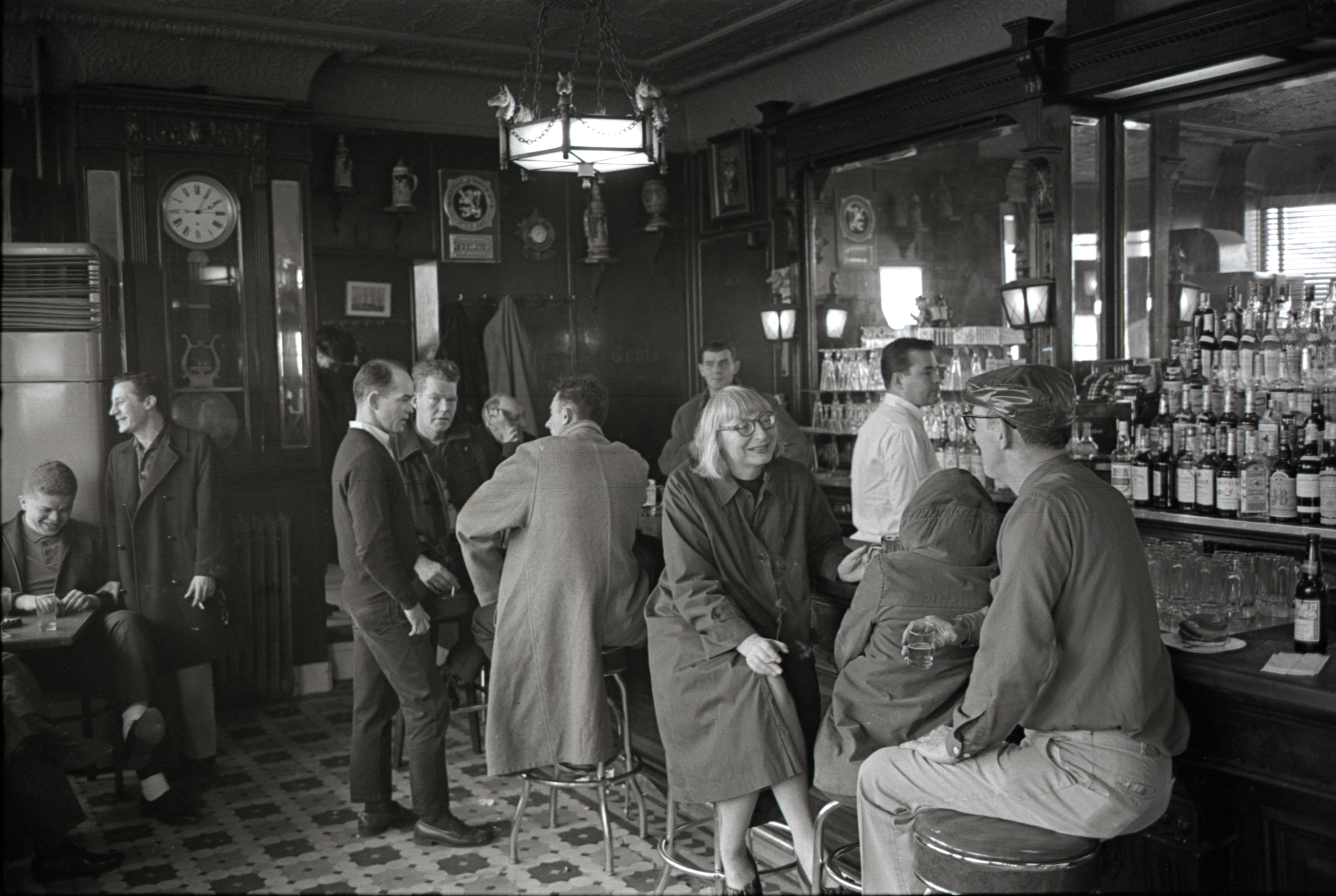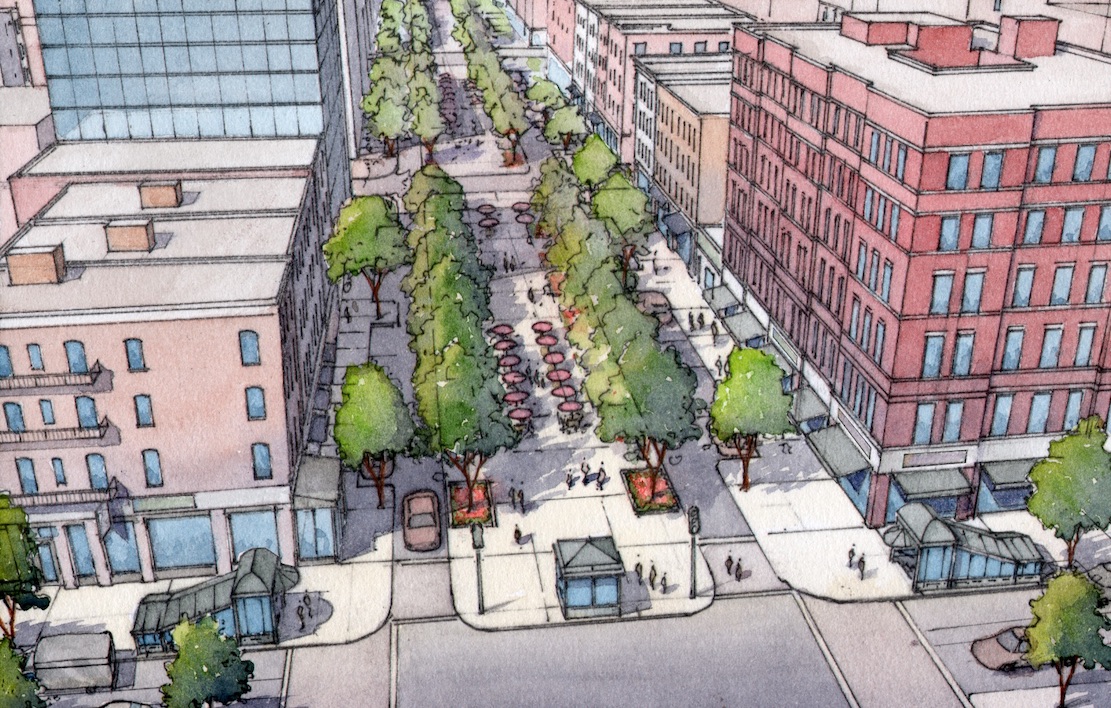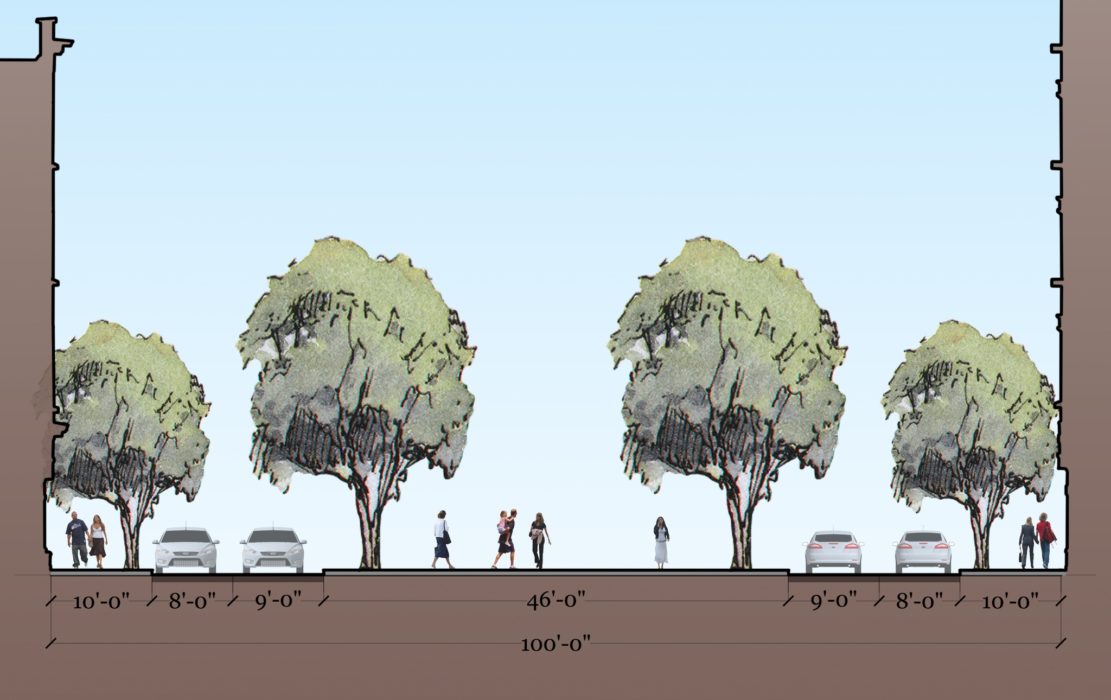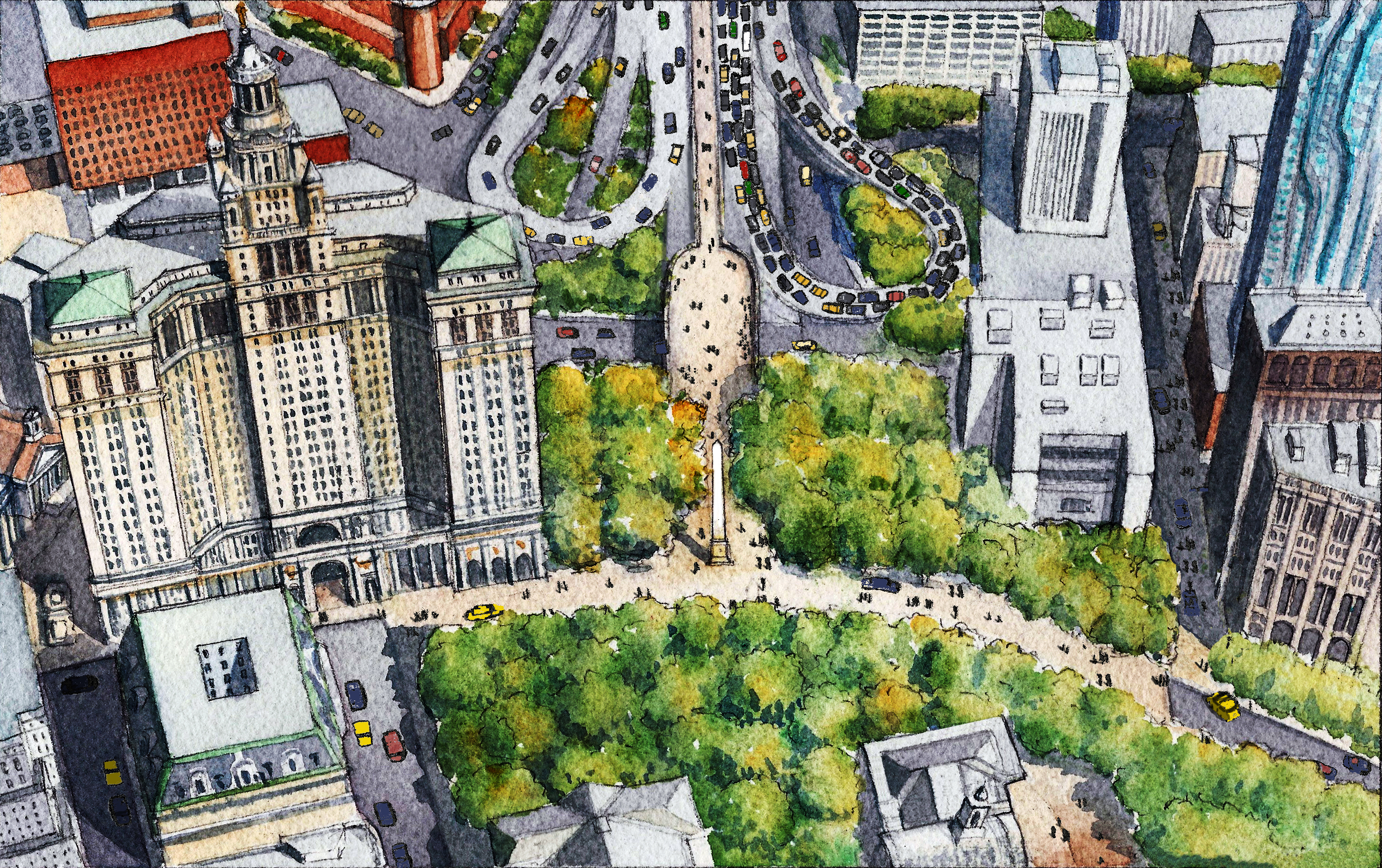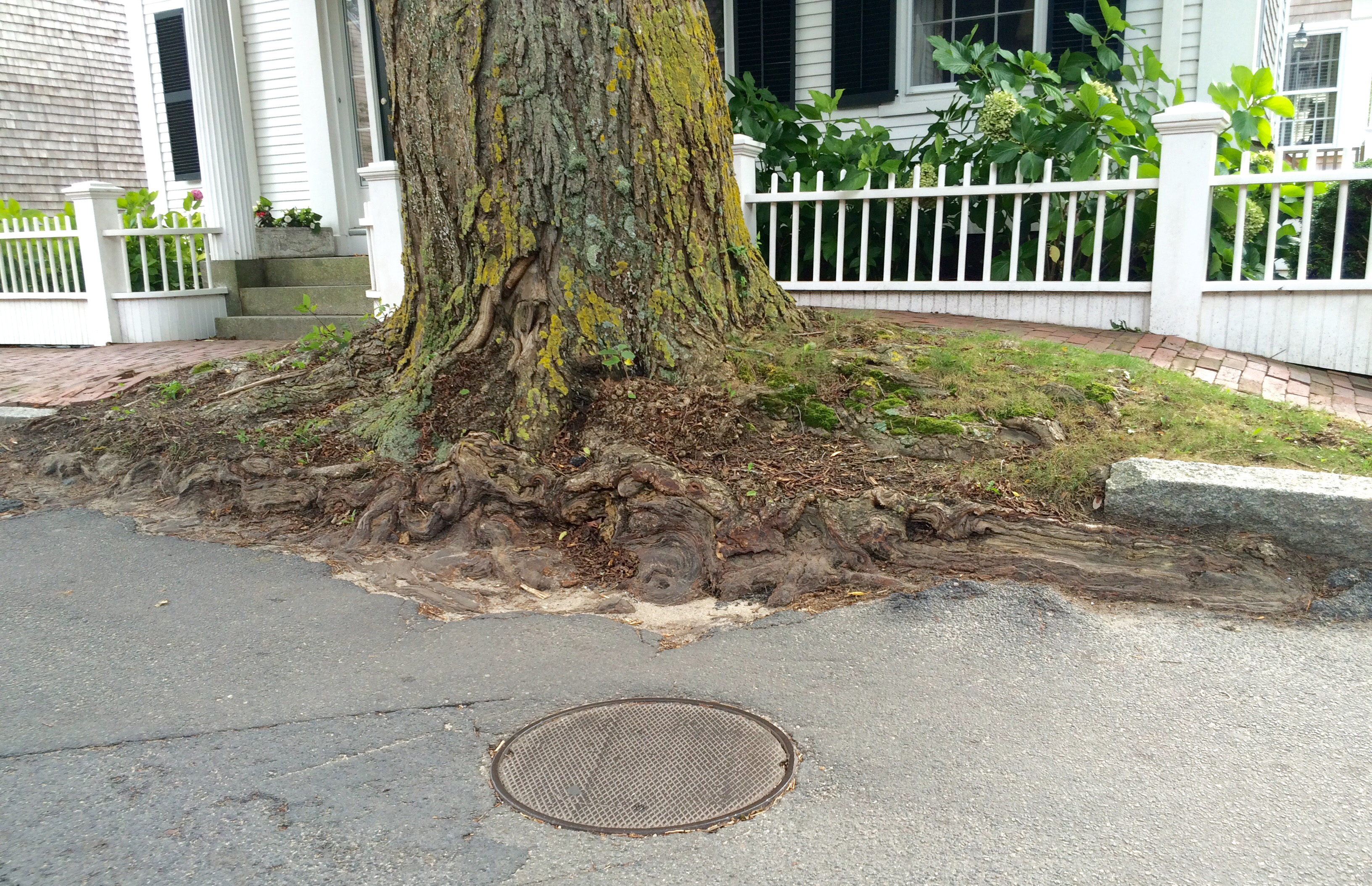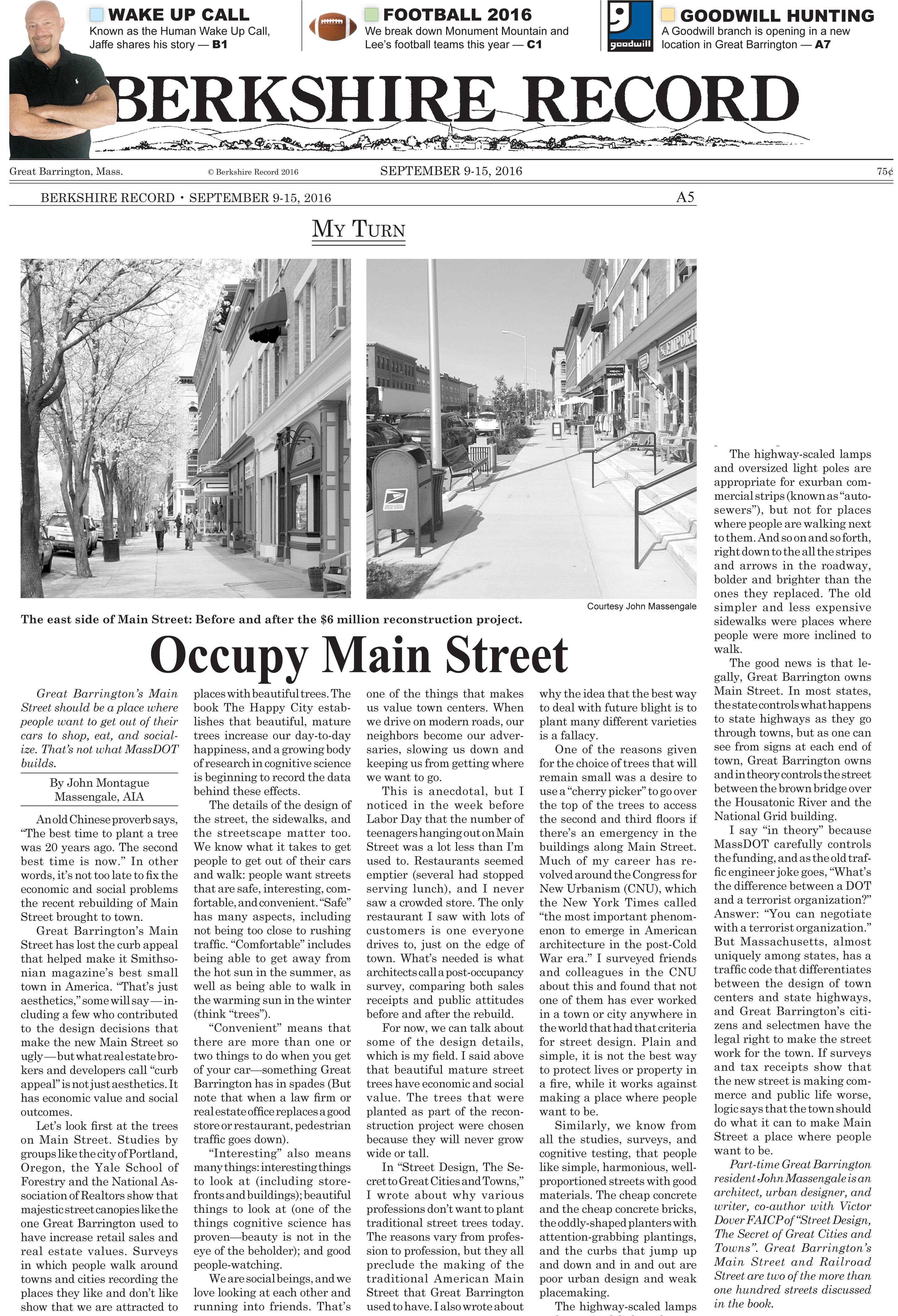
From CITYLIMITS.ORG:
November 13th—Friday the 13th—marked the 13th day in a row that a pedestrian died on a New York City Street, all killed by cars or buses going too fast. They were among the 19 pedestrian deaths in the city last month—basically, one person lost for every business day. These fatalities occurred because despite all the progress New York has made since Mayor de Blasio and his DOT Commissioner Polly Trottenberg signed the Vision Zero Pledge in December 2013 (more on this below), most of our city streets are still seen primarily as transportation corridors for cars and trucks.
Until we prioritize pedestrian safety over traffic flow, we will never get to zero deaths for pedestrians, cyclists, drivers, or their passengers. But the good news is that when we do make streets that are safe for pedestrians, traffic still flows—and it becomes easy to design streets where people can want to get out of their cars and walk, enjoying public life. Which, after all, is what city life is all about. We don’t have to choose between pedestrian plazas in Times Square and suburban-style arterials. We can have our cake and eat it too.
A little history is relevant here: for decades, our city streets have been controlled by the DOT—the Department of Transportation— which employs traffic engineers and transportation planners who have traditionally seen their job as making traffic flow quickly and safely. They use a federal grading system that grades street quality according to the “Level of Service” (LOS)—a measurement of how well traffic moves.
Anything that impeded traffic flow was a problem to be identified and eliminated. Trees became known as Fixed Hazardous Objects (FHOs), because they damage cars that hit them. Standard practice in traffic engineering is therefore to confine trees to a Vegetative Containment Zone kept away from the vehicles.
People are called MHOs—Moving Hazardous Objects. They also slow down and damage cars that hit them, and so they’re kept away from the cars too.
Continue reading at CityLimits.org
Continue reading at Better Cities and Towns (more photos)
A Sreet Is A Terrible Thing To Waste — from New York State Conference of Mayors Summer Bulletin
